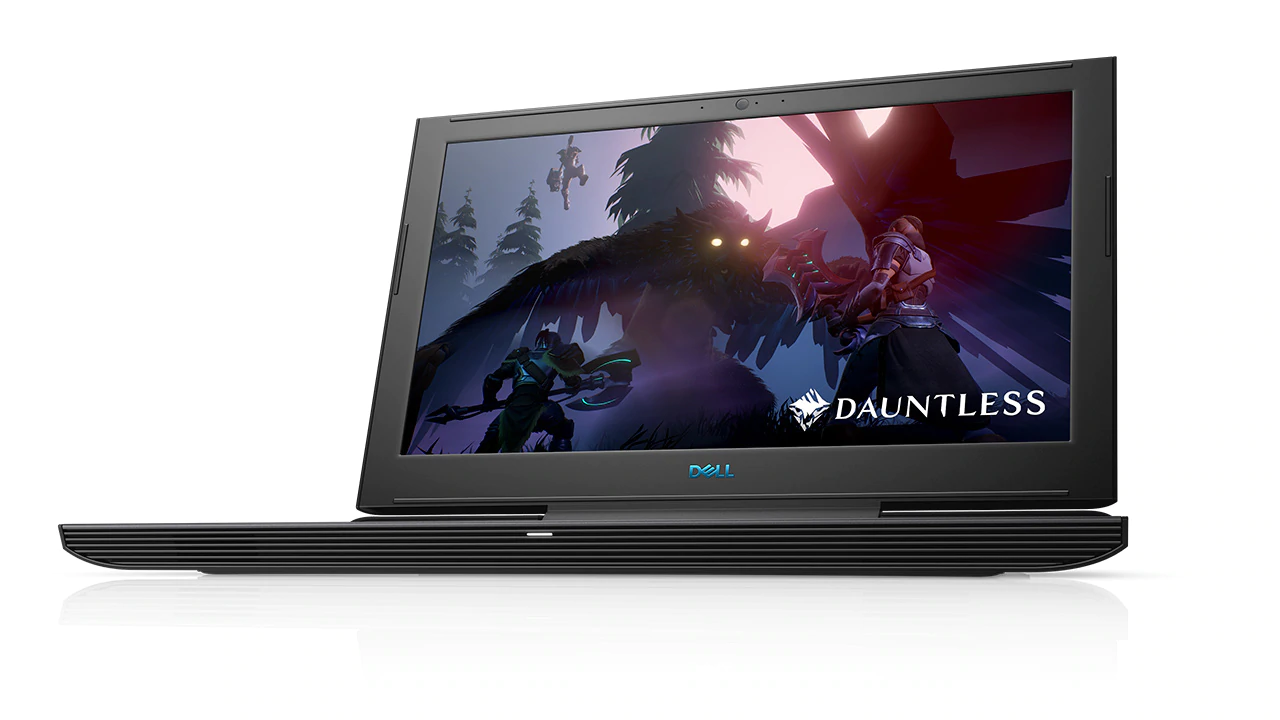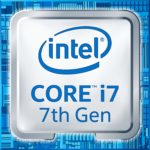To Overclock Razer Blade Pro you need to unlock the processor. Since the processor is locked you have to unlock this processor illegally and perform overclocking. The question was asked by Many users Infofuge Q&A community so we are discussing the way to increase the performance of Razer Blade Pro.
About Razer Blade Pro
- Razer Blade Pro comes with a 17.3-inch IGZO UHD LED with multi-touch G-Sync with a resolution of 3,840 x 2,160 pixels.
- It is powered by a 2.6GHz Intel Core i7-6700HQ processor with 32GB DDR4 of RAM and 1TB PCIe SSD for storage.
- The graphics are powered by Nvidia GeForce GTX 1080 and Intel HD graphics 530.
- It has a battery life of 5 hours.
- Lastly, the laptop weighs 3.07kg and is powered by Windows 10 Home.
Read also – Complete Razer Blade (2017) Overheating problem Fix
What is Overclocking?
Overclocking is the process of speeding up or increasing the clock speed than official efficiency provided by Manufacturer. In other words, overclocking is the method of configuring the hardware components to obtain extra utility and performance than the default. We have to take many precautions while overclocking your Intel Core i7-6700HQ.
Read also –
Remember: Overclocking can result in damage
Overclocking is method triggering main processor or graphics controller, but systems such as RAM are also involved in this process which leads to an increase in power consumption and fan noise. Due to overclocking many manufacturers gives the extra functionality of safety to deal with operating conditions outside the control of manufacturers. The disadvantage of overclocking your Intel processor is overheating and more power usage. Ultimately, heating will result in decreasing the life span of your CPU.
Since Overclocking is not possible on your Razer Blade Pro we will be using Intel Turbo Boost technology to improve the performance.
What is Intel Turbo Boost Technology?
- Intel Turbo Boost Technology is the feature in Intel’s processors which raises the operating frequency whenever there is high demanding task running.
- Furthermore, the feature accelerates the frequency of the processor when the operating system demands high performance.
- The Turbo boost concept can also be called as “Dynamic Overclocking”.
- This feature is enabled in the processors including Core i5, i7, i9, and Celeron processors.
Remember: Overclocking is never a safe process while a turbo boost is always safe.
About Intel Core i7-6700HQ
- Manufacturer: Intel
- Product Segment: Mobile
- Base Frequency: 2.60 GHz
- Lithography: 14 nm
- Maximum Turbo Frequency: 3.50 GHz
- Graphics: Intel HD Graphics 530
- Cache: 8MB
- TDP: 15W
- Maximum Memory Size: 64GB
- Cores: 4
- Threads: 8
Full Specs
Why you cannot overclock Intel Core i7-6700HQ?
- A CPU Locking is done to lock the clock multiplier permanently or till the clock limit is not removed.
- So it is a restriction on overclocking or to protect the CPU from further damages.
- These locked models are denoted with ‘K’ in Intel and ‘Black’ for the AMD
- Lastly, If you want to overclock your Intel Core i7-6700HQ then you have to unlock if possible.
- Intel Turbo Boost technology is available for your Processor with the maximum turbo frequency of 4.GHz.
To Enable or Disable Intel Core i7-6700HQ Turbo Boost
- To enable or disable Turbo Boost in Intel Core i7-6700HQ
- Select From the System Utility screen
- and press Enter.
- Select a setting and press Enter.
- Enabled: To Enable hyperthreading technology.
- Disabled – To reduce power usage and get stable performance.
- Finally, Press F10
- To monitor your CPU you can download and install CPU-Z and ThrottleStop
- Lastly, the Turbo boost is an automatic function provided in Intel processors.







